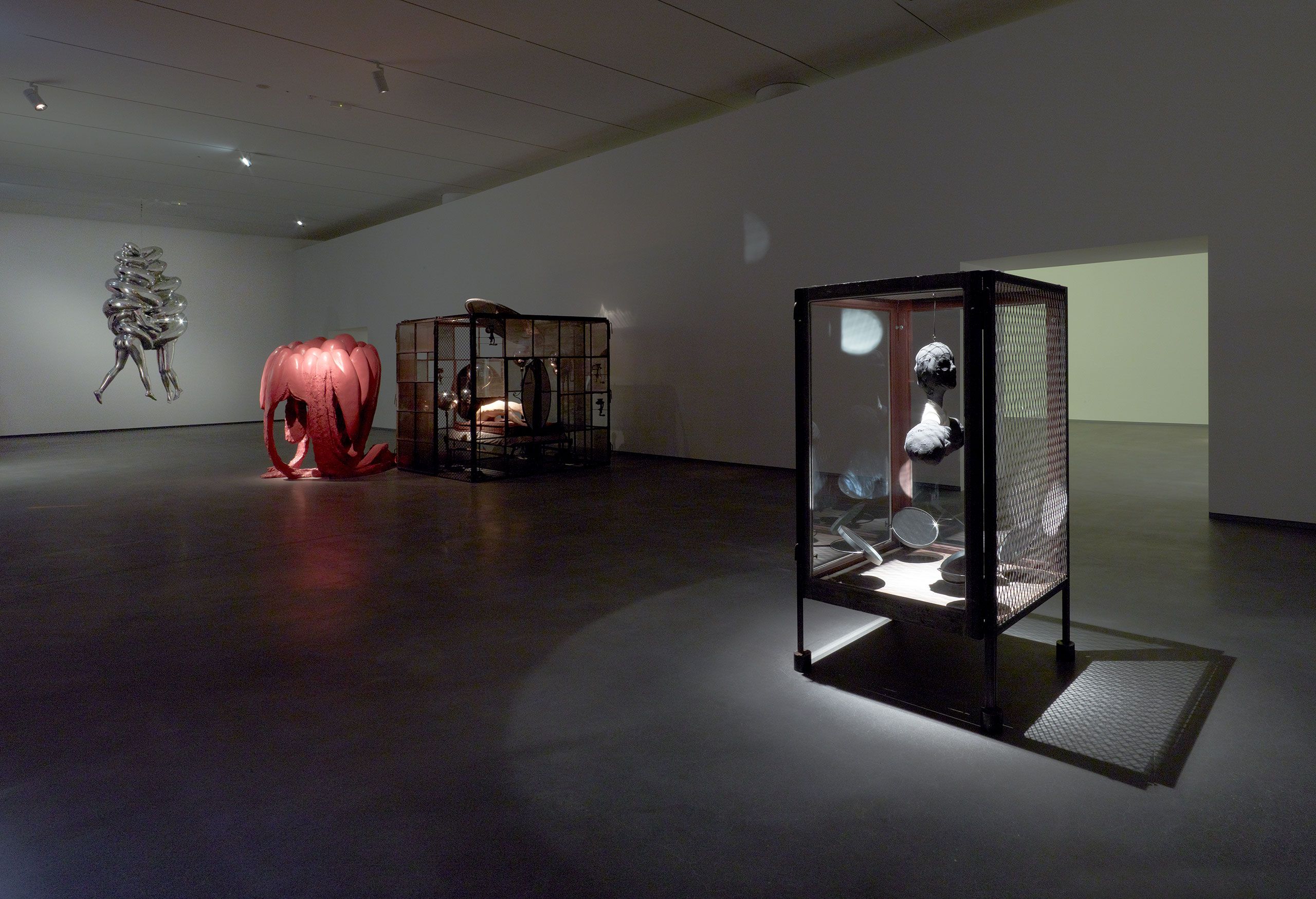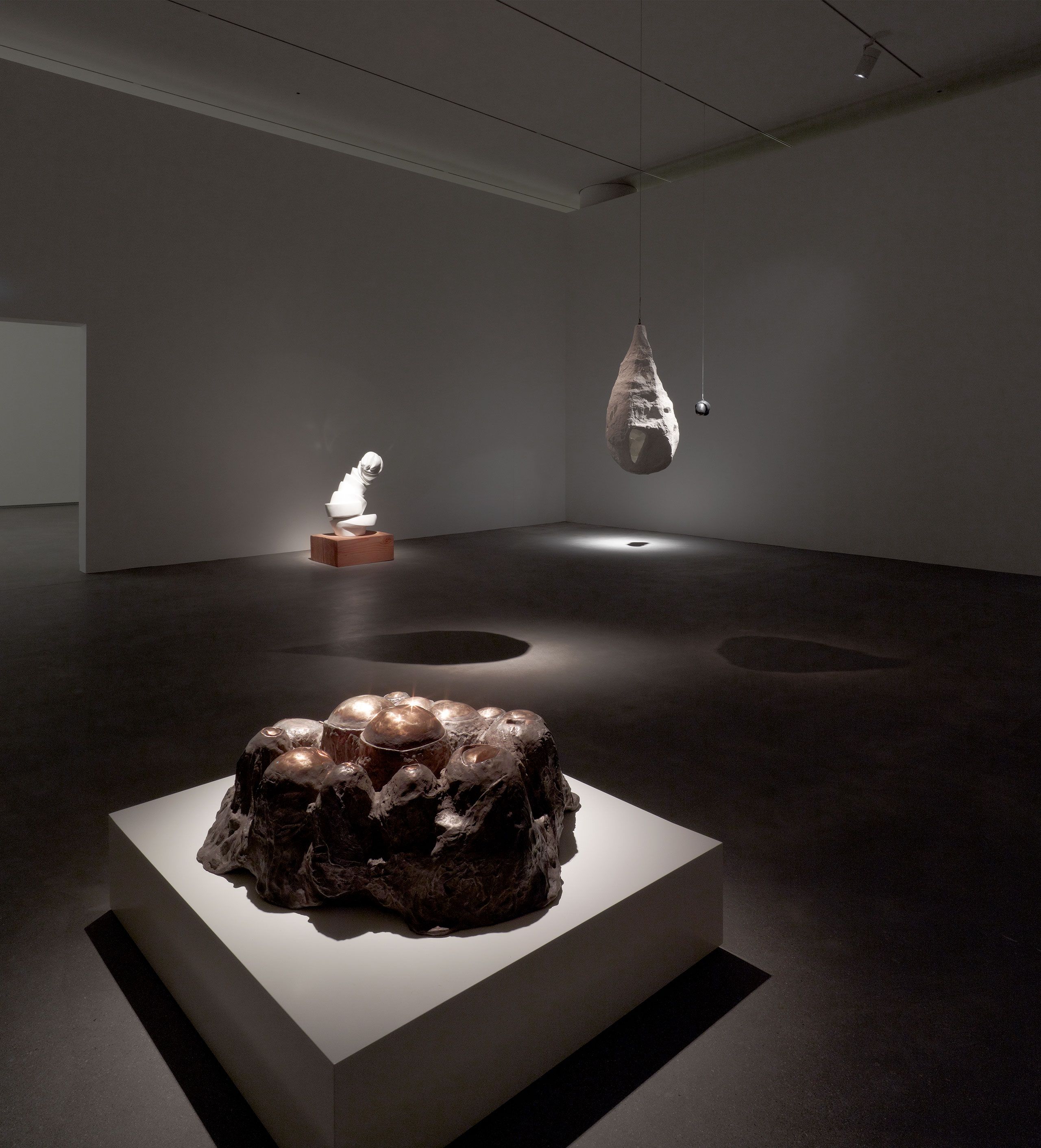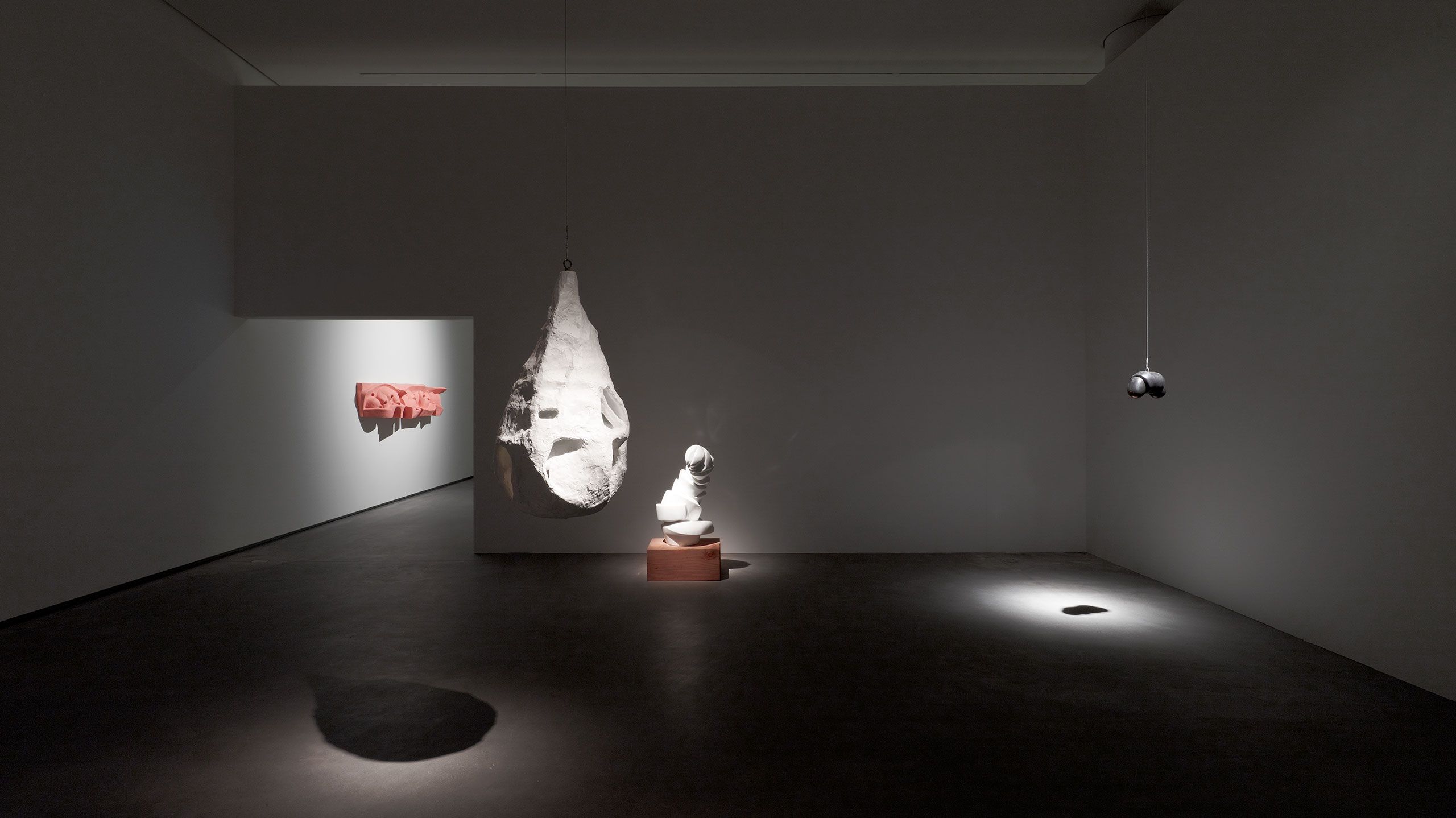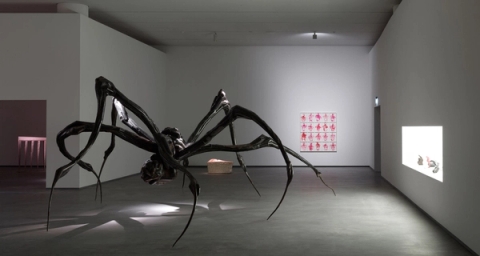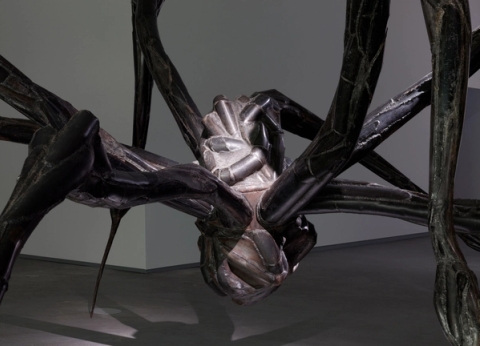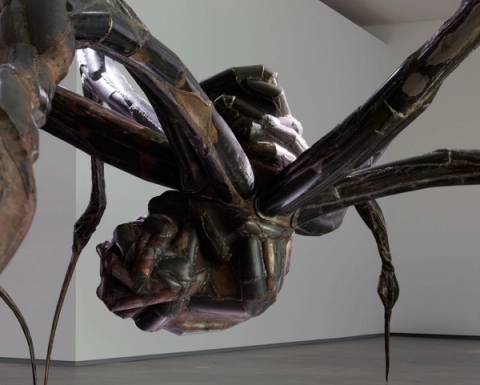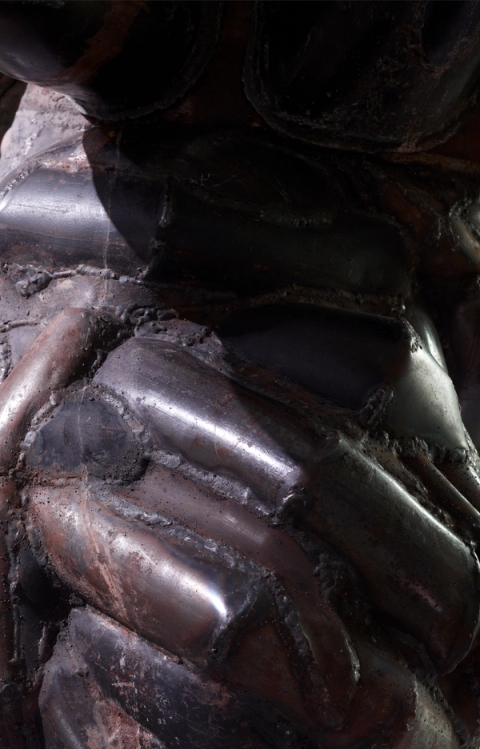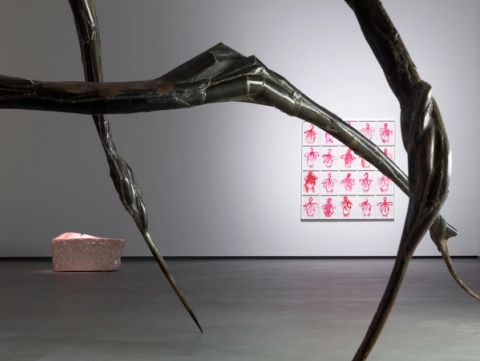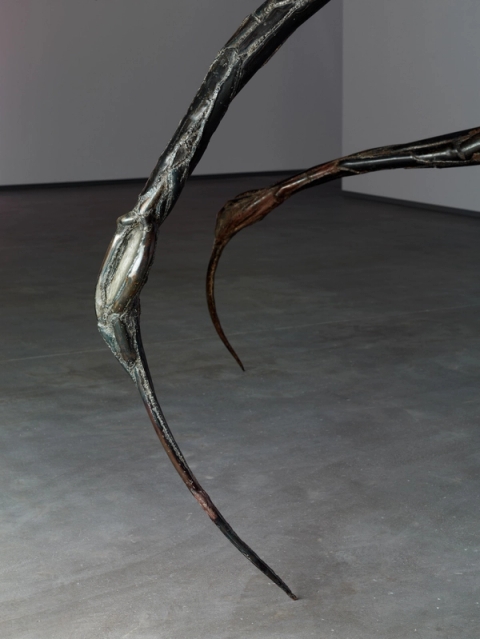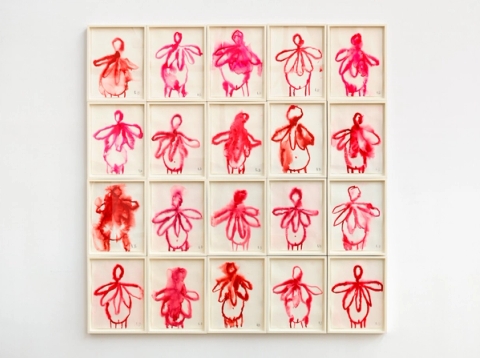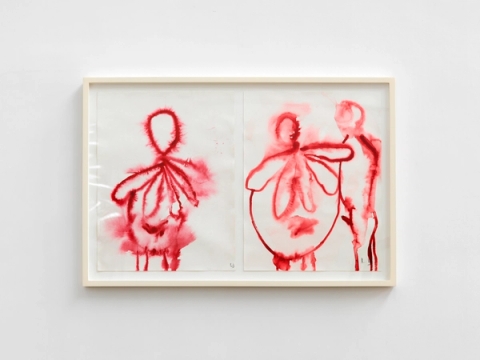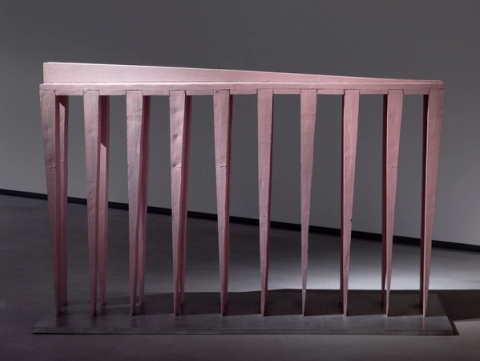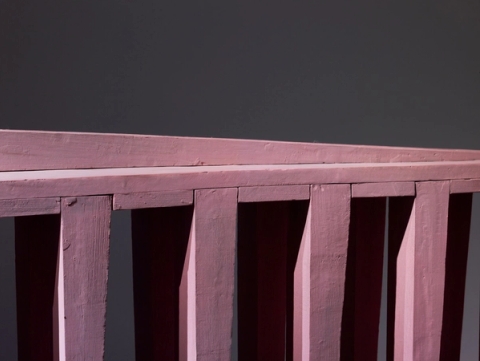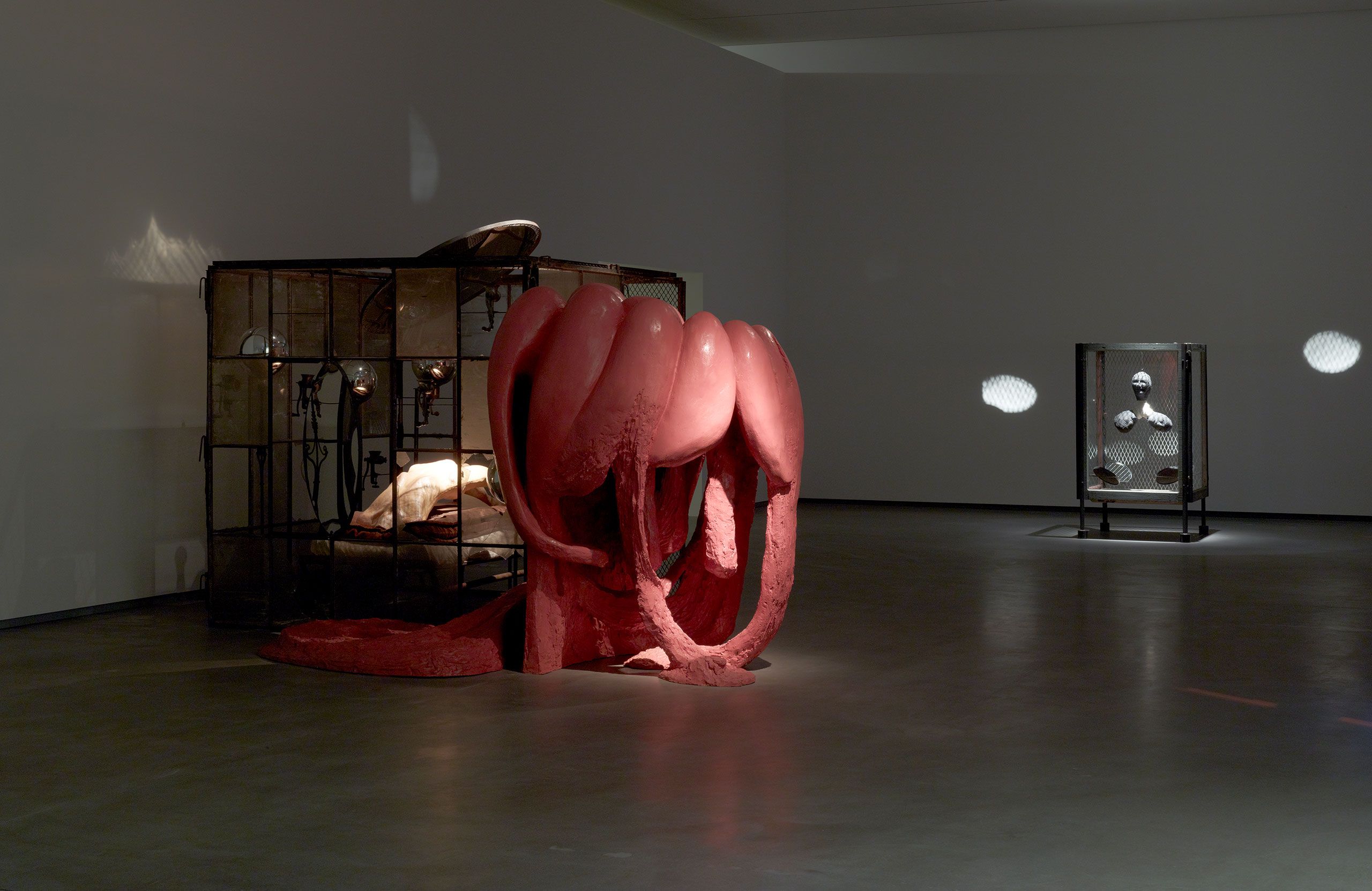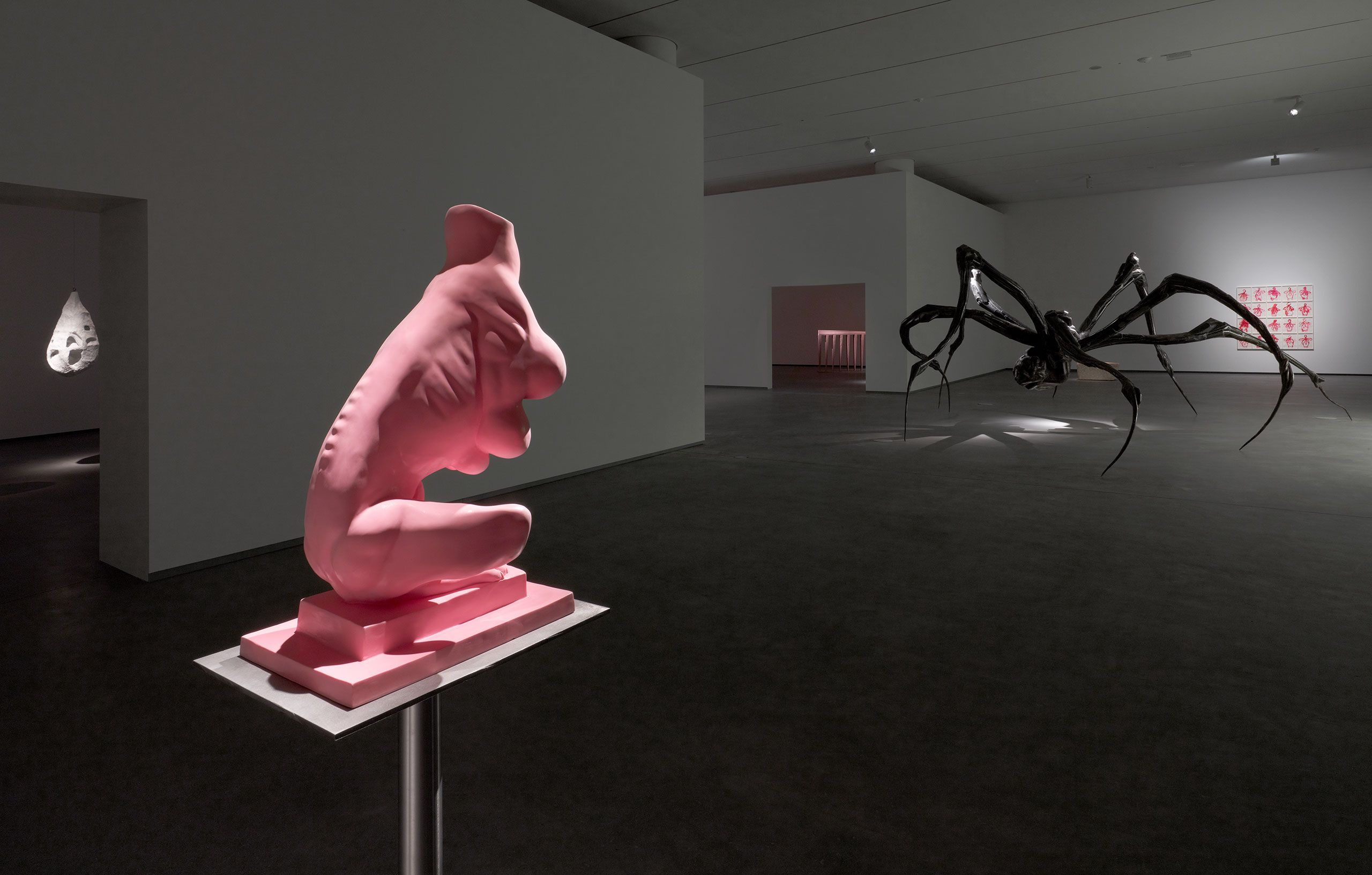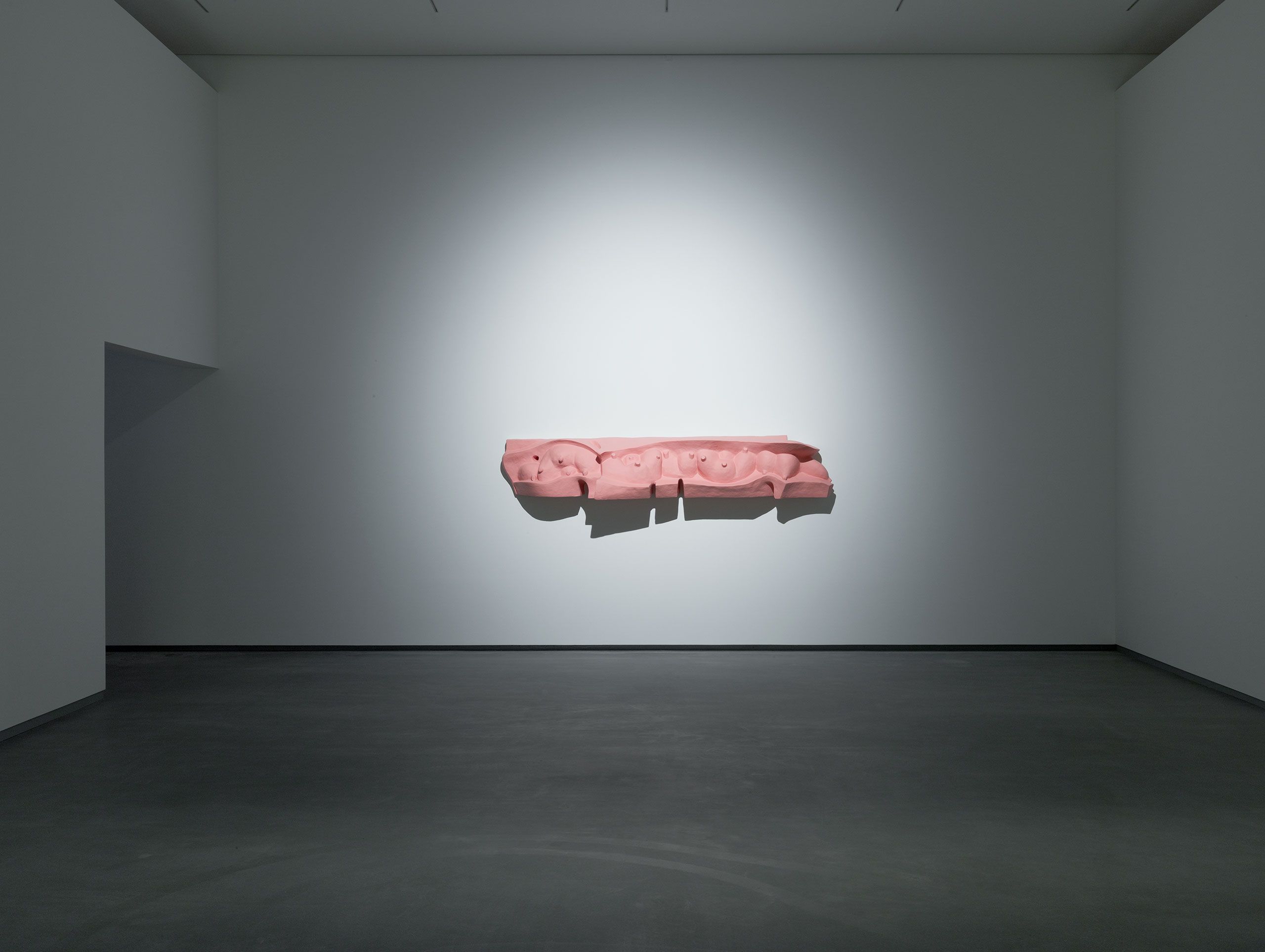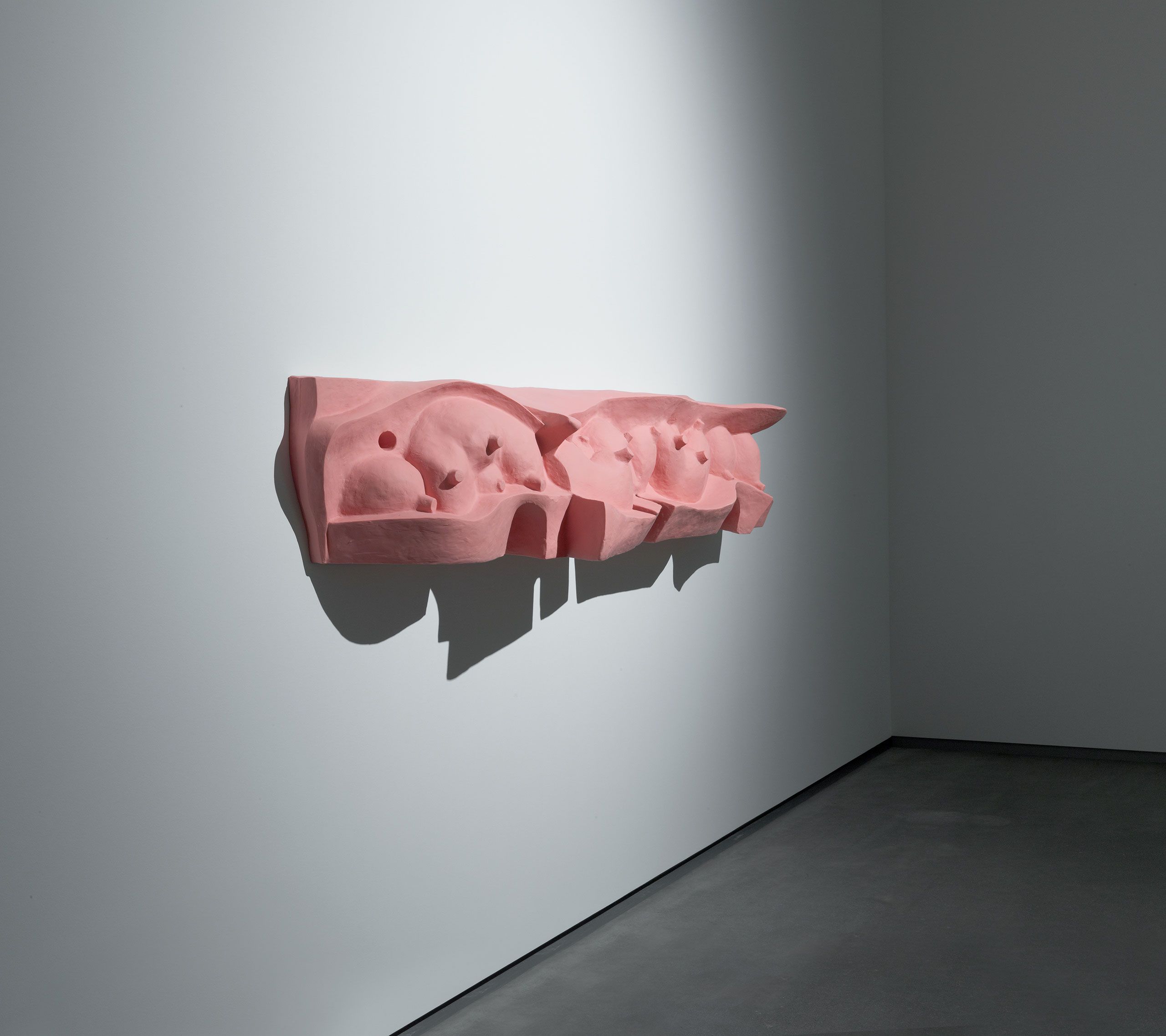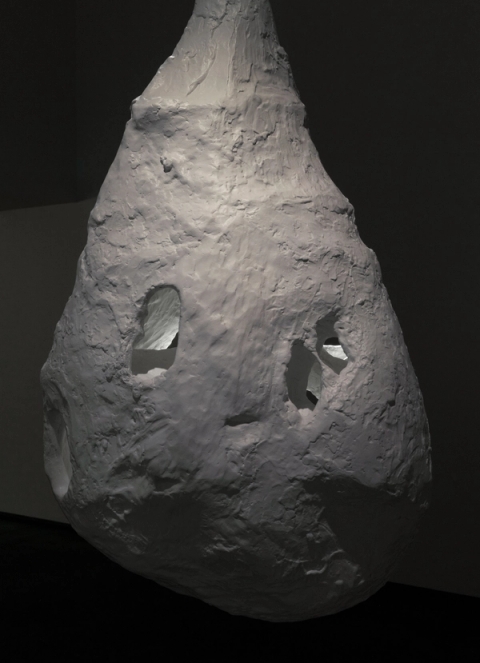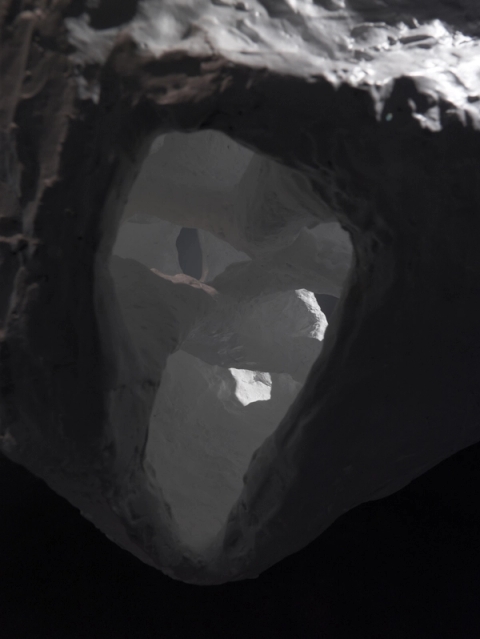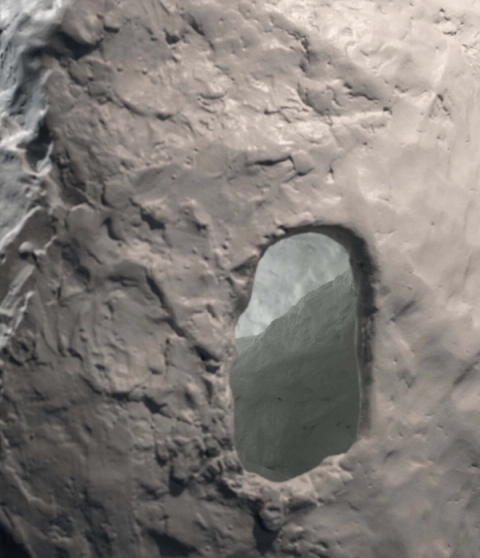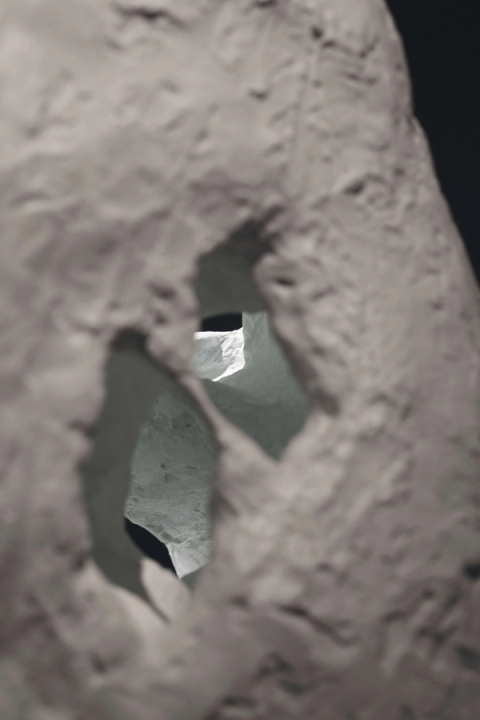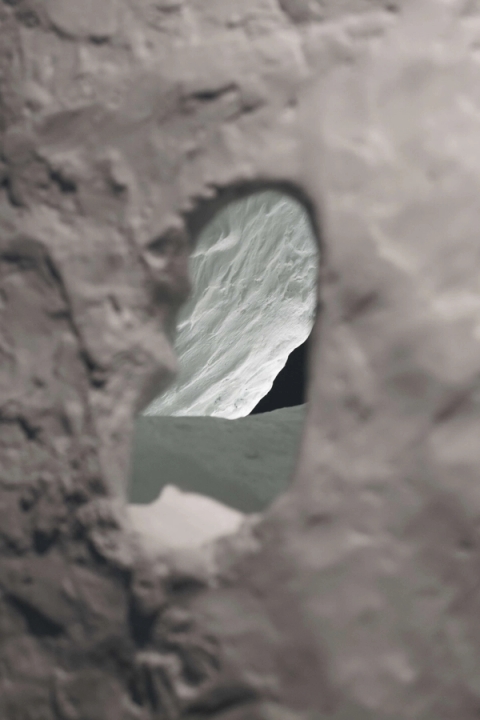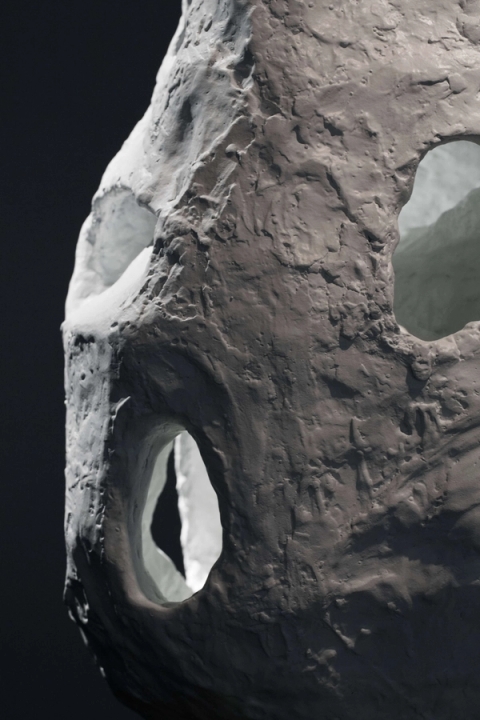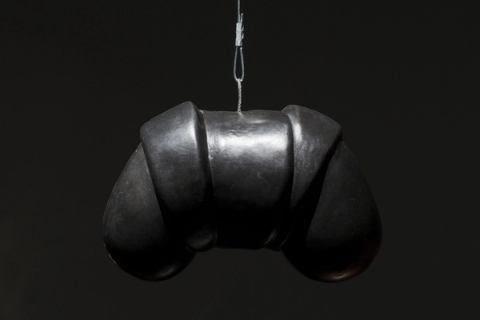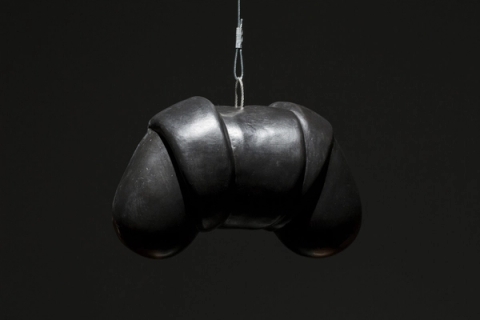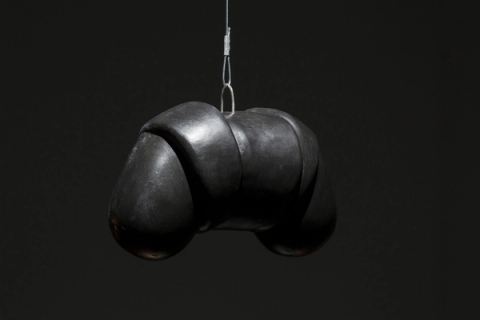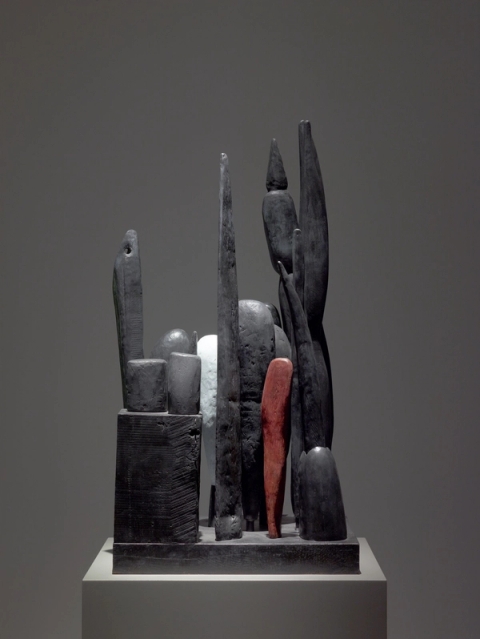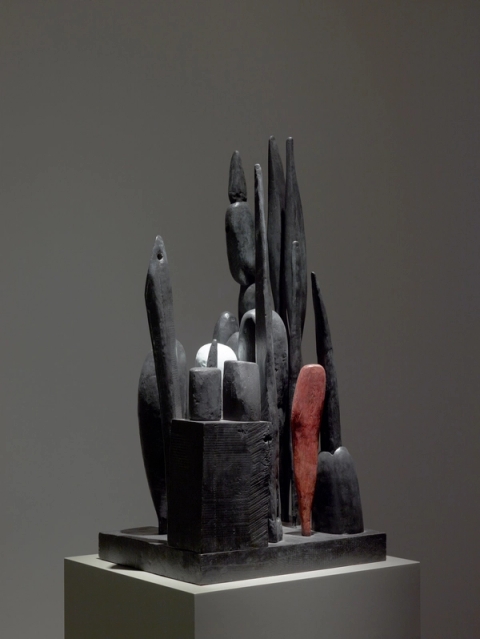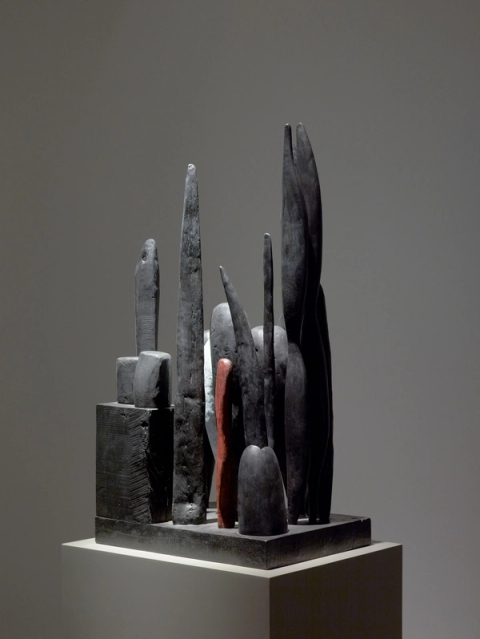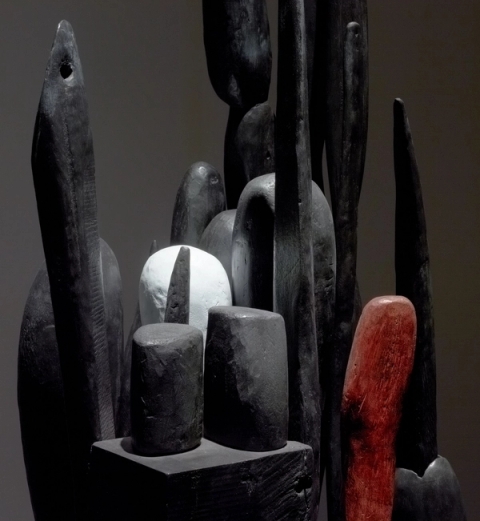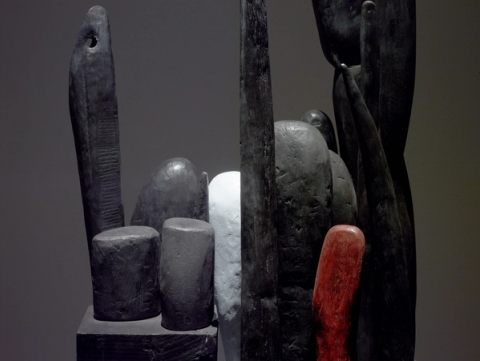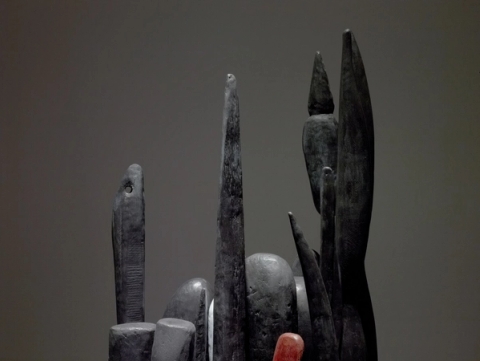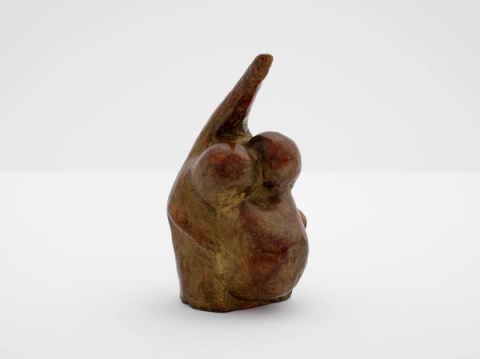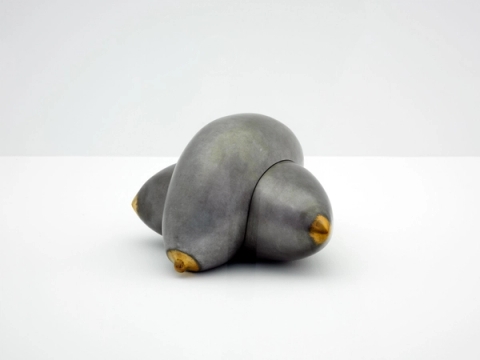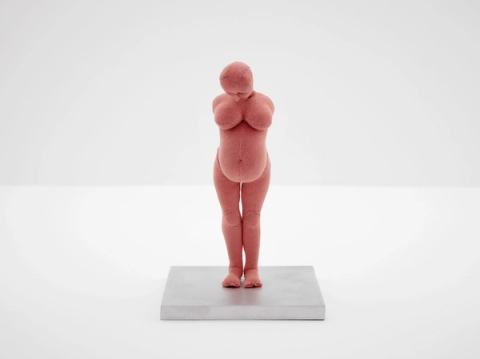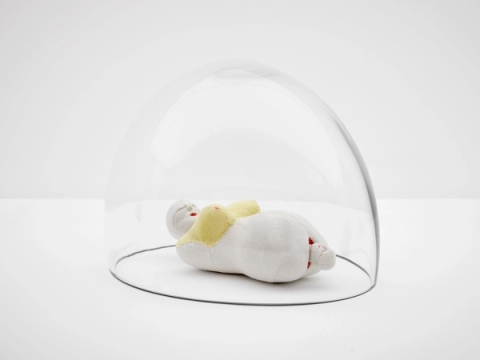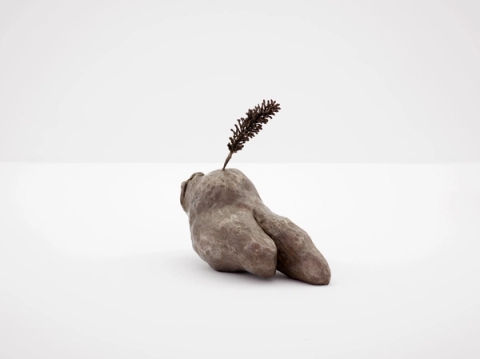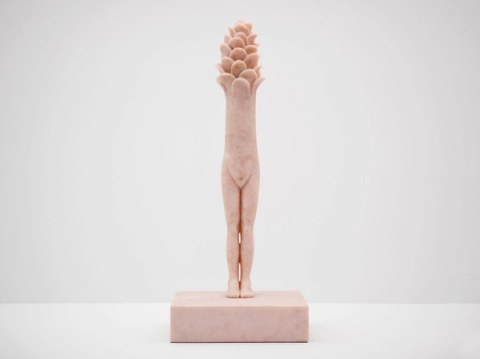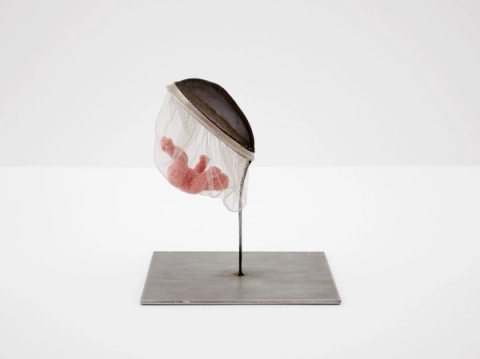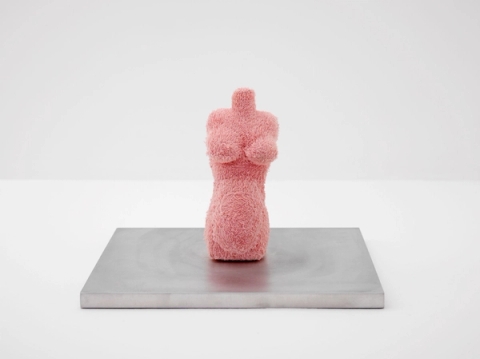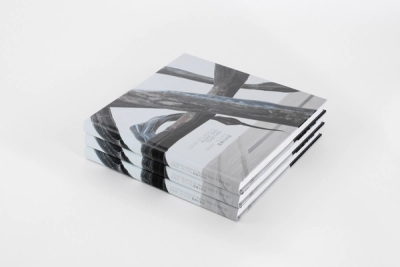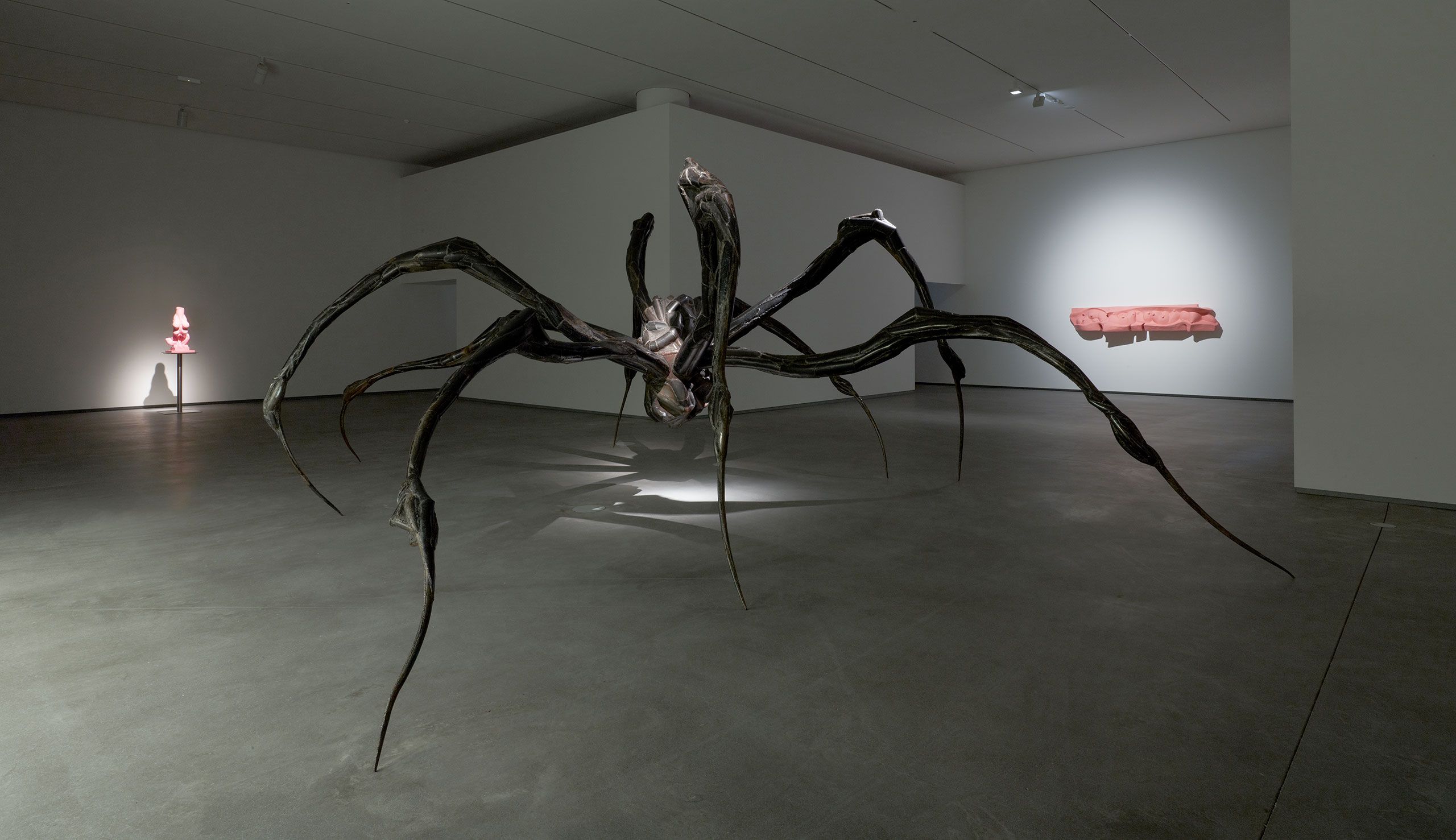
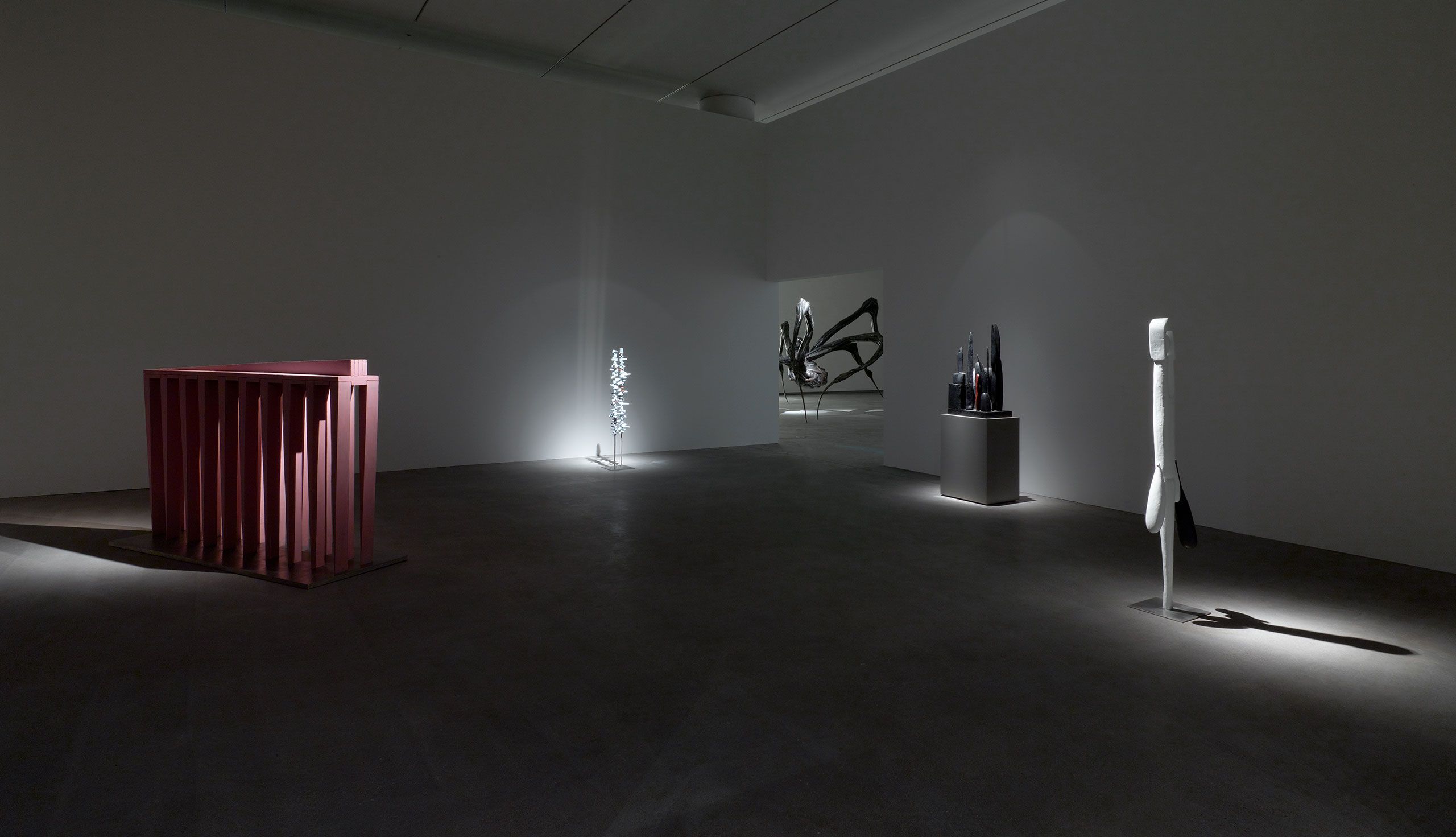
Faurschou Foundation is pleased to show the exhibition Louise Bourgeois: Alone and Together, curated by Jerry Gorovoy.
Louise Bourgeois (1911-2010) is one of the most respected artists of our time, and this retrospective exhibition focuses thematically on birth, growing up, family and motherhood – issues that Bourgeois explored for decades. Gorovoy, who was Bourgeois’ assistant for more than 30 years, has curated a unique selection of works dealing with central themes in the artist’s oeuvre. Generally one can say that the works in the exhibition show the potential and also the paradoxes of being human.
The exhibition spans Bourgeois long career, which lasted more than 70 years. The title work Alone and Together is a gouache that points thematically to the issues that come with motherhood as well as the relationship to the partner: Can people be together, but also alone? The intimacy in the relationship with the other is life-affirming, but it is also corrosive. The relationship is also investigated in The Couple, one of the exhibition’s hanging sculptures, which consists of two figures wound around by spirals that prevent them from having close contact. The work focuses on dependence on the other: the hands of the figures do not reach each other, but they prevent the spirals from uncoiling and thus ensure that they do not fall apart.
The spider is one of the motifs that Bourgeois is best known for. The exhibition includes Crouching Spider, one of the large spiders in attack position, which will do anything to protect its offspring. For Bourgeois the spider as a motif was associated with positive values, and she identified it with her mother, who was a spinner. The two had a close relationship, and Bourgeois has several times spoken of her spider works as portraits of her mother.
Bourgeois used art to work with her thoughts, emotions and experiences, and through them created a space in which she could seek calm and strength. Although her art often takes its point of departure in her personal memories, the works are also general narratives about the relations with the people who mean most to the individual: parents, children and partners.
Bourgeois had her major international breakthrough at a late stage. It was only in 1986 with the large retrospective exhibition at the Museum of Modern Art, New York, that he name was inscribed in earnest in art history. Since then she has been shown at acknowledged museums and art institutions all over the world and with Faurschou Foundation Beijing also in China. Louise Bourgeois was born in France. At the end of the 1930s she married the American art historian Robert Goldwater, and therefore moved to the USA. She lived there until her death in 2010. Today Bourgeois is seen as one of the most important international artists – in both modernist and contemporary art.
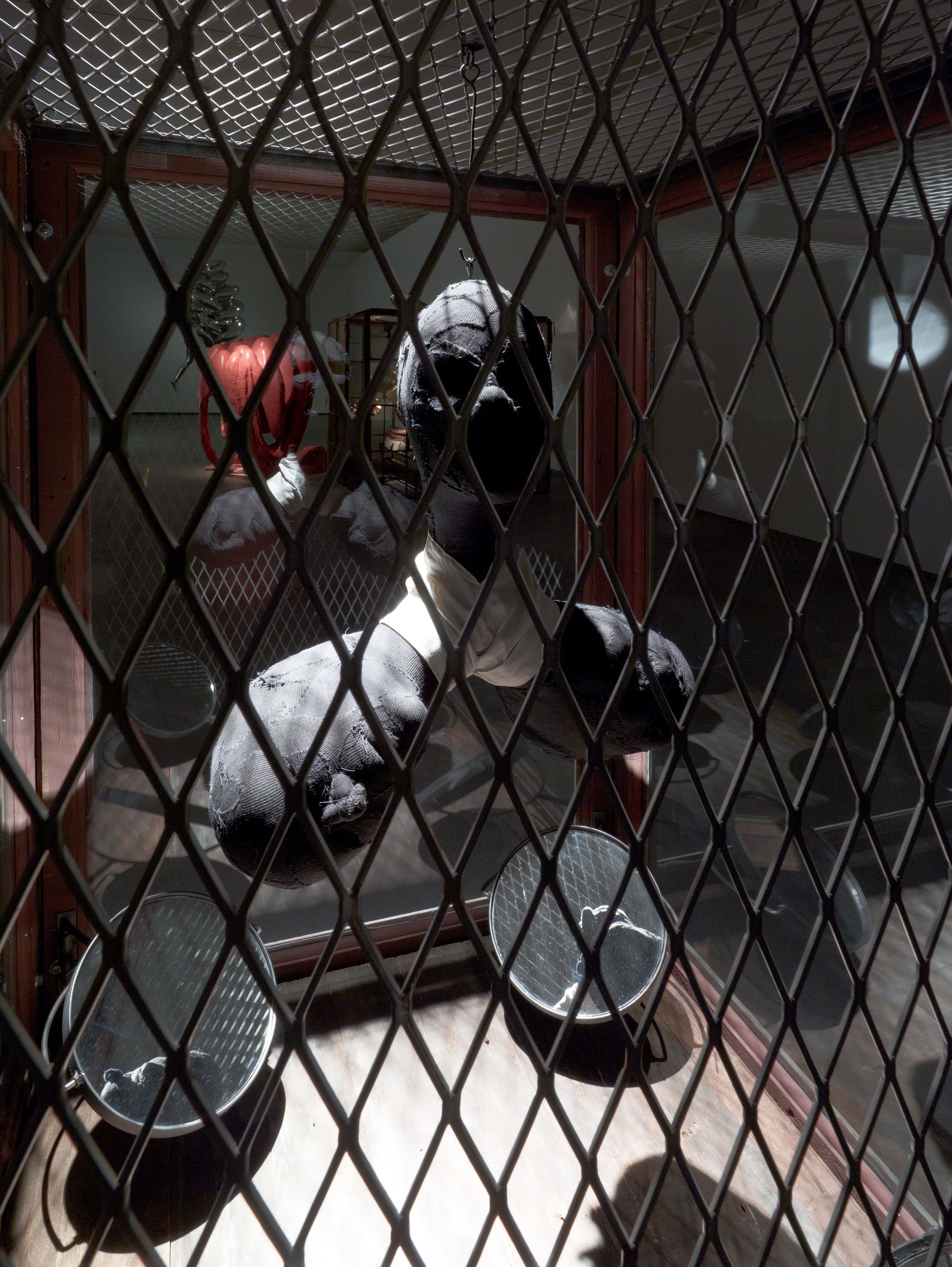
Louise Bourgeois
CELL XXIV (PORTRAIT), 2001, Steel stainless steel, glass, wood and fabric, 178 x 107 x 107 cm, 205 kg
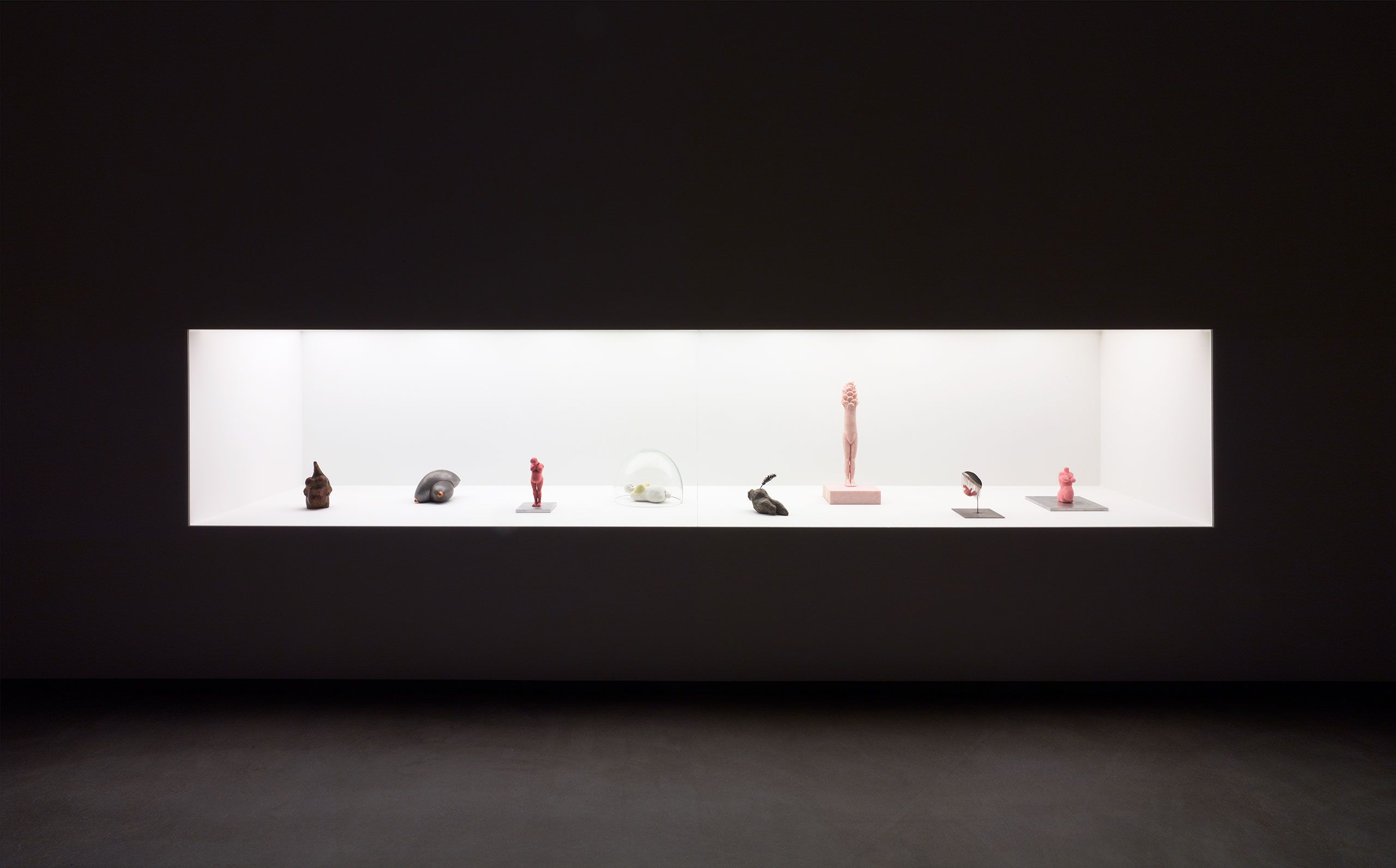
Shirin Neshat
The Book of Kings
